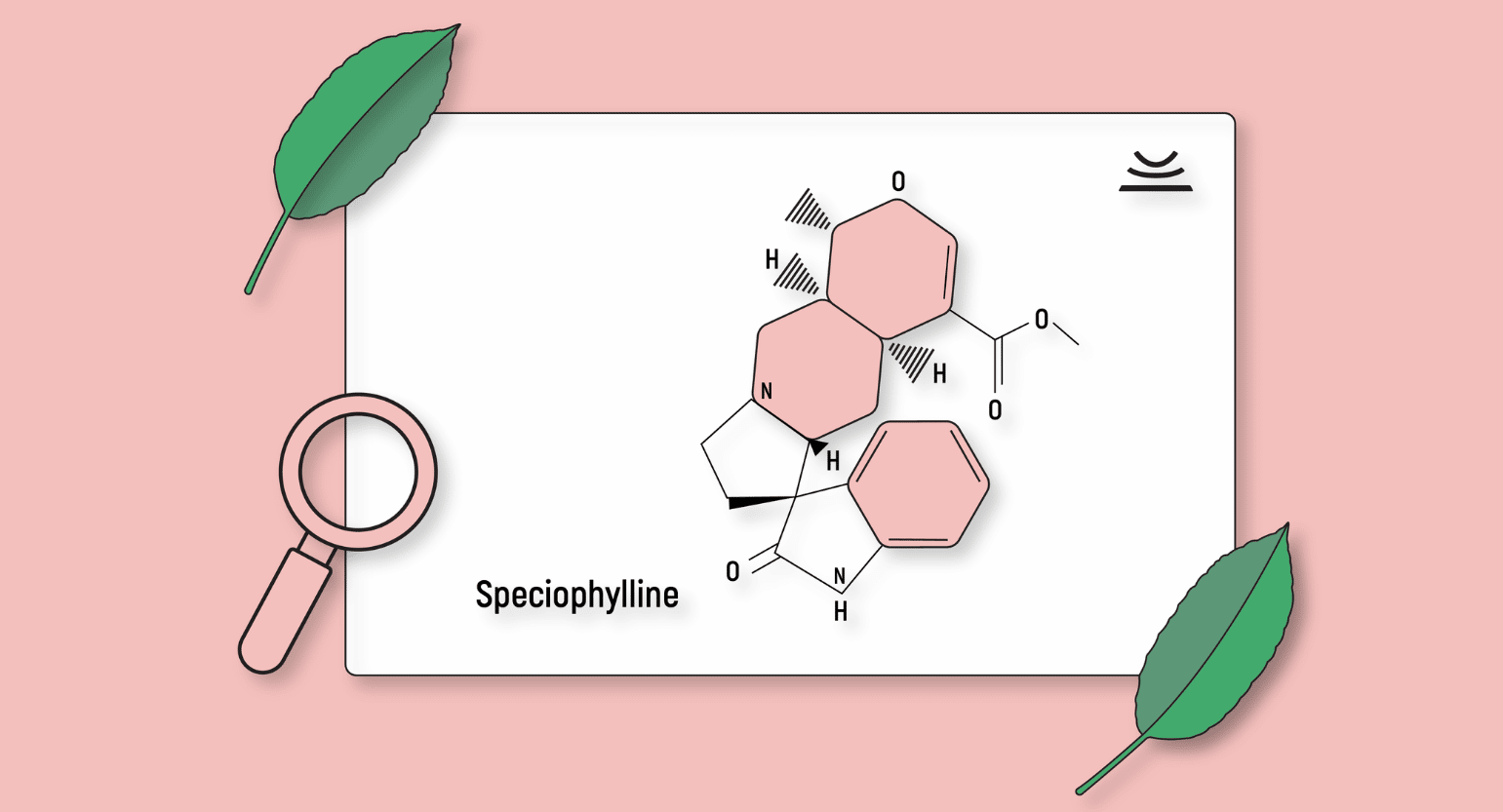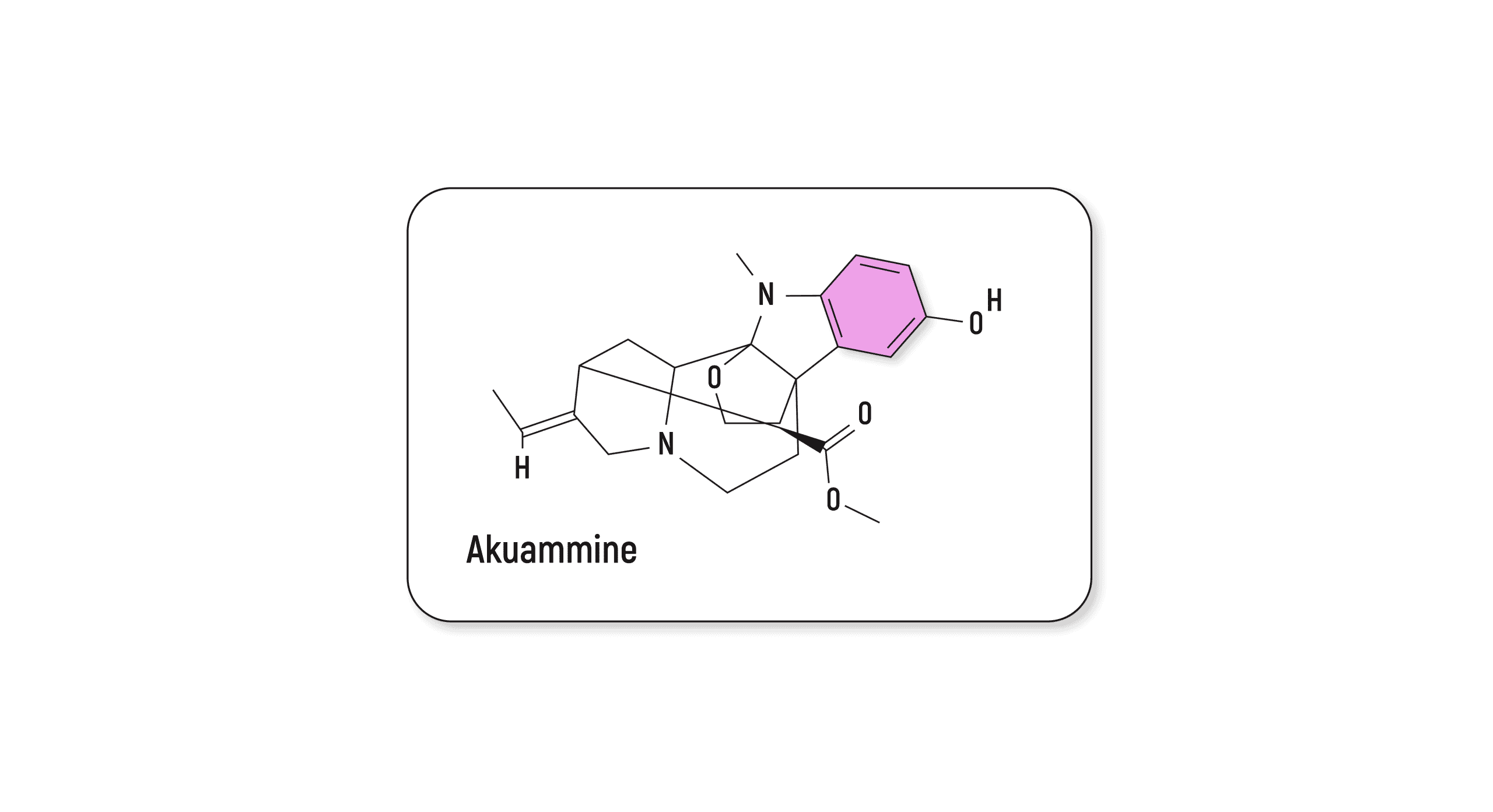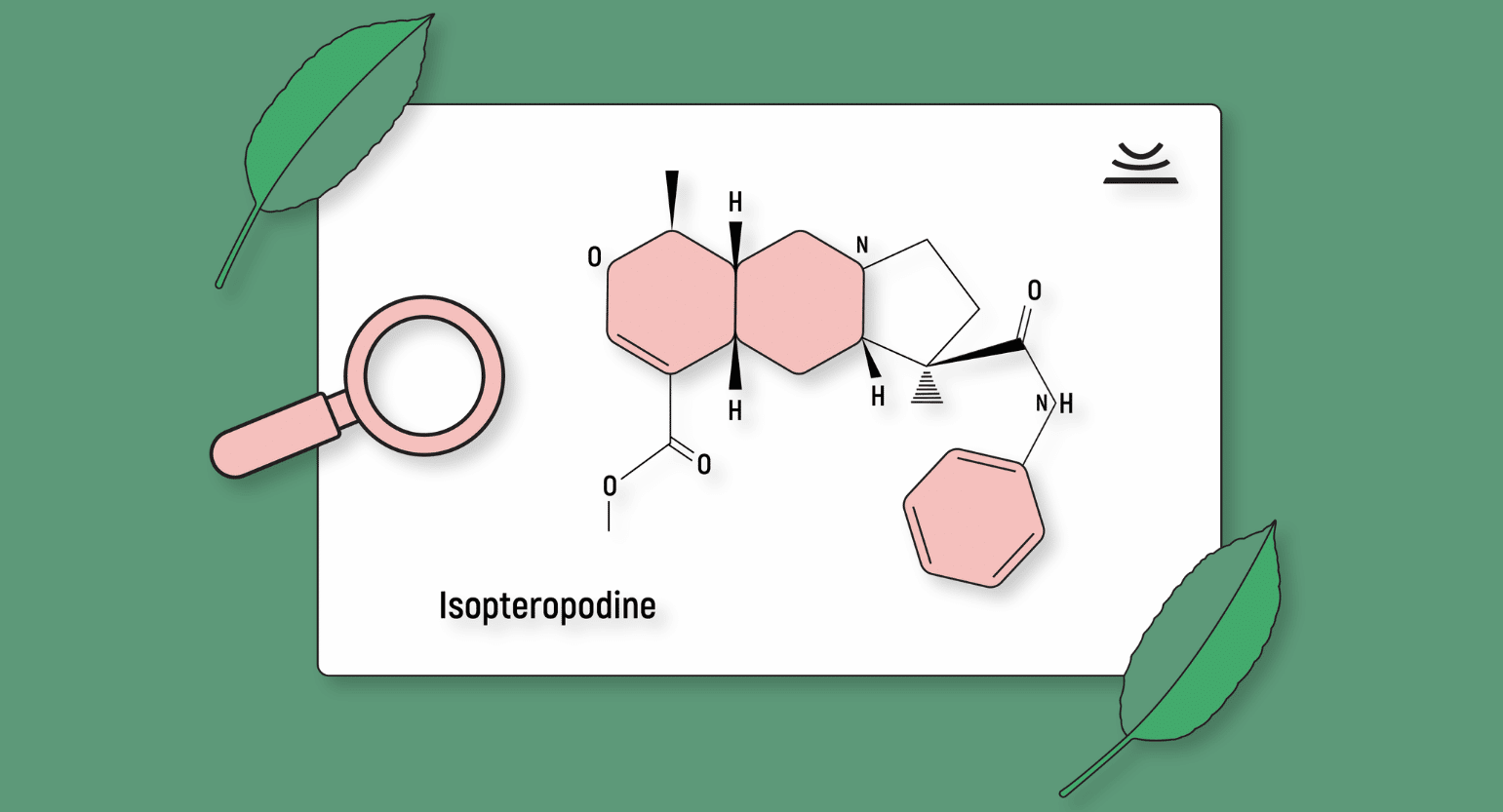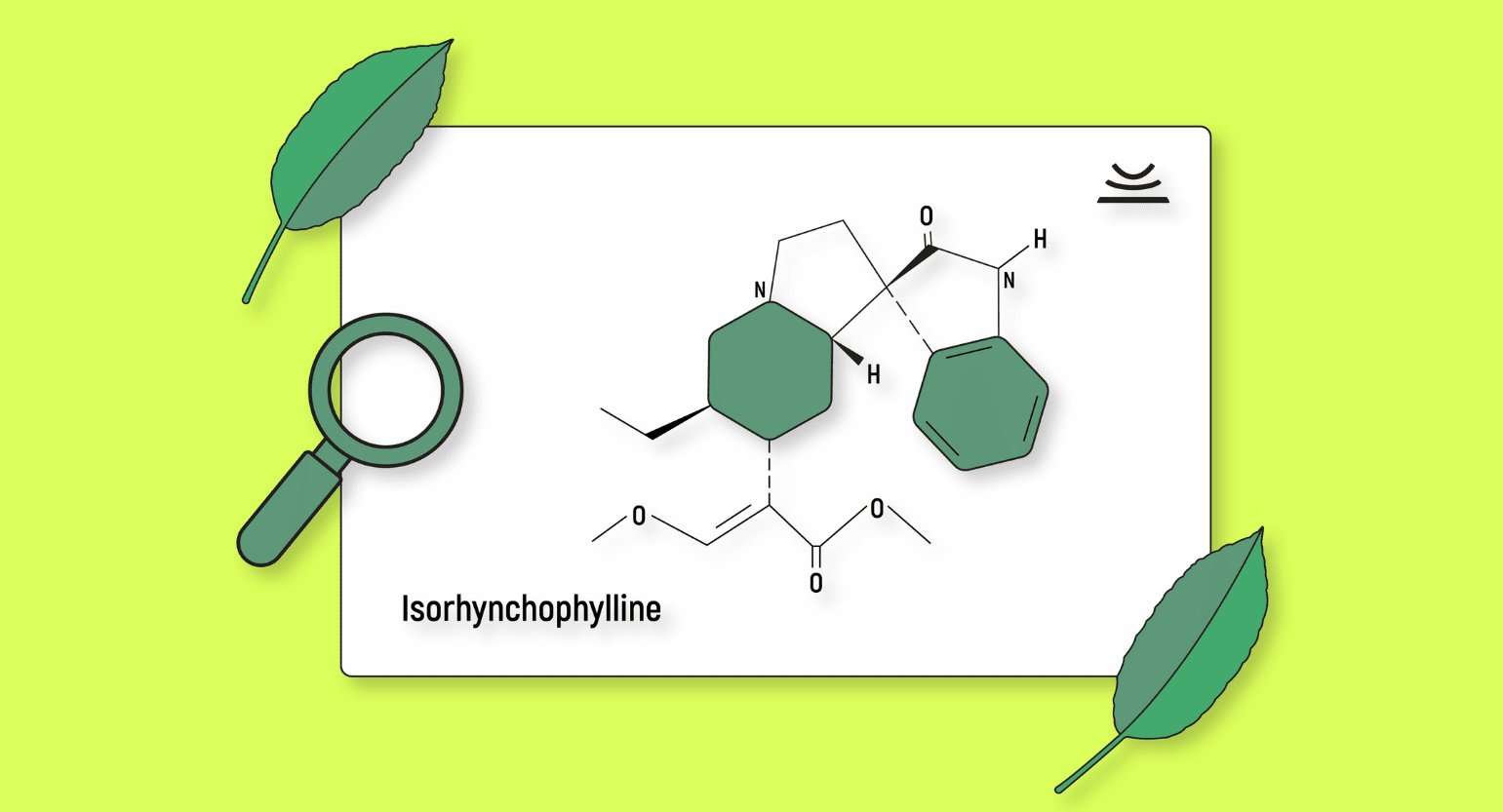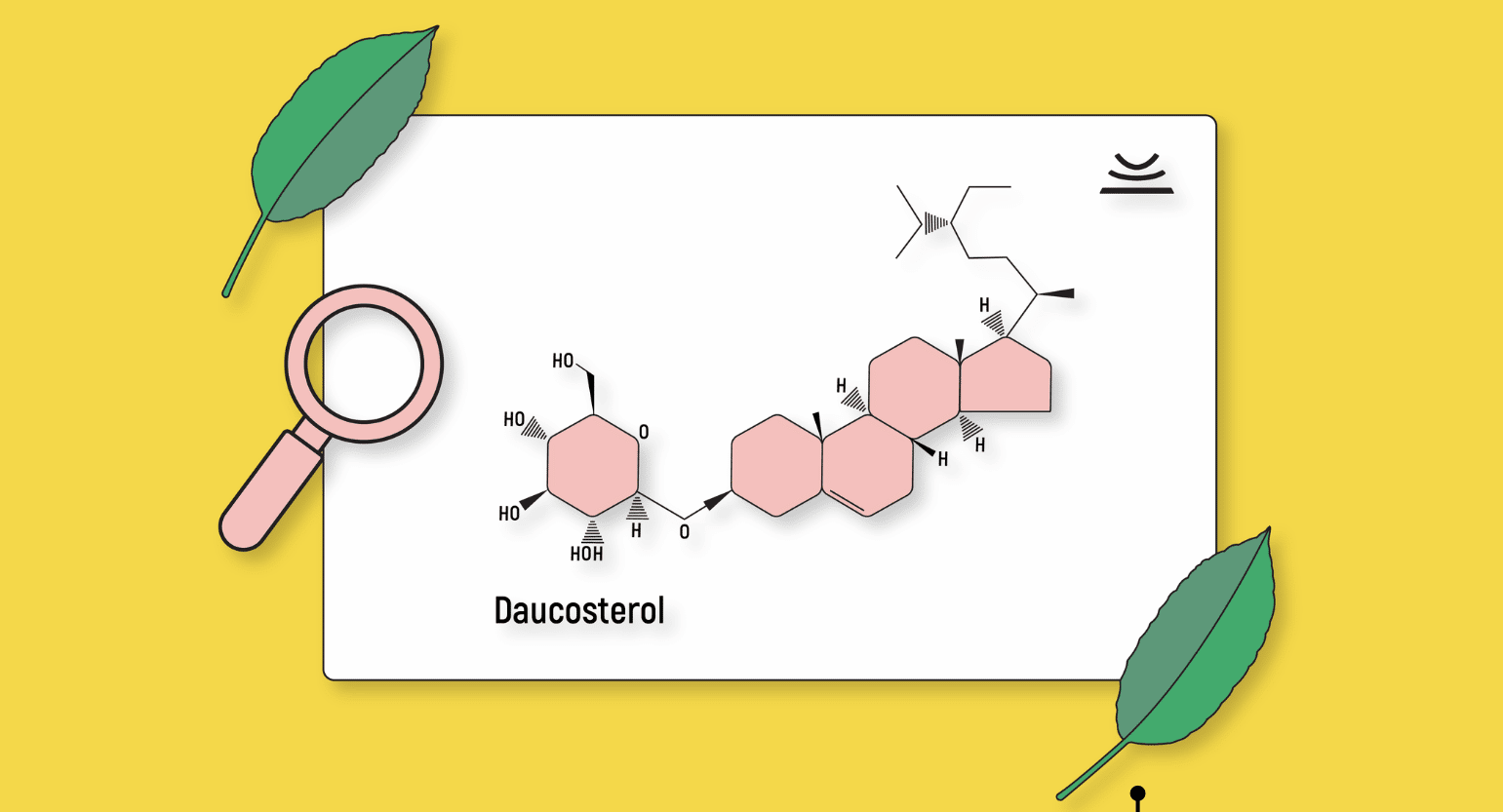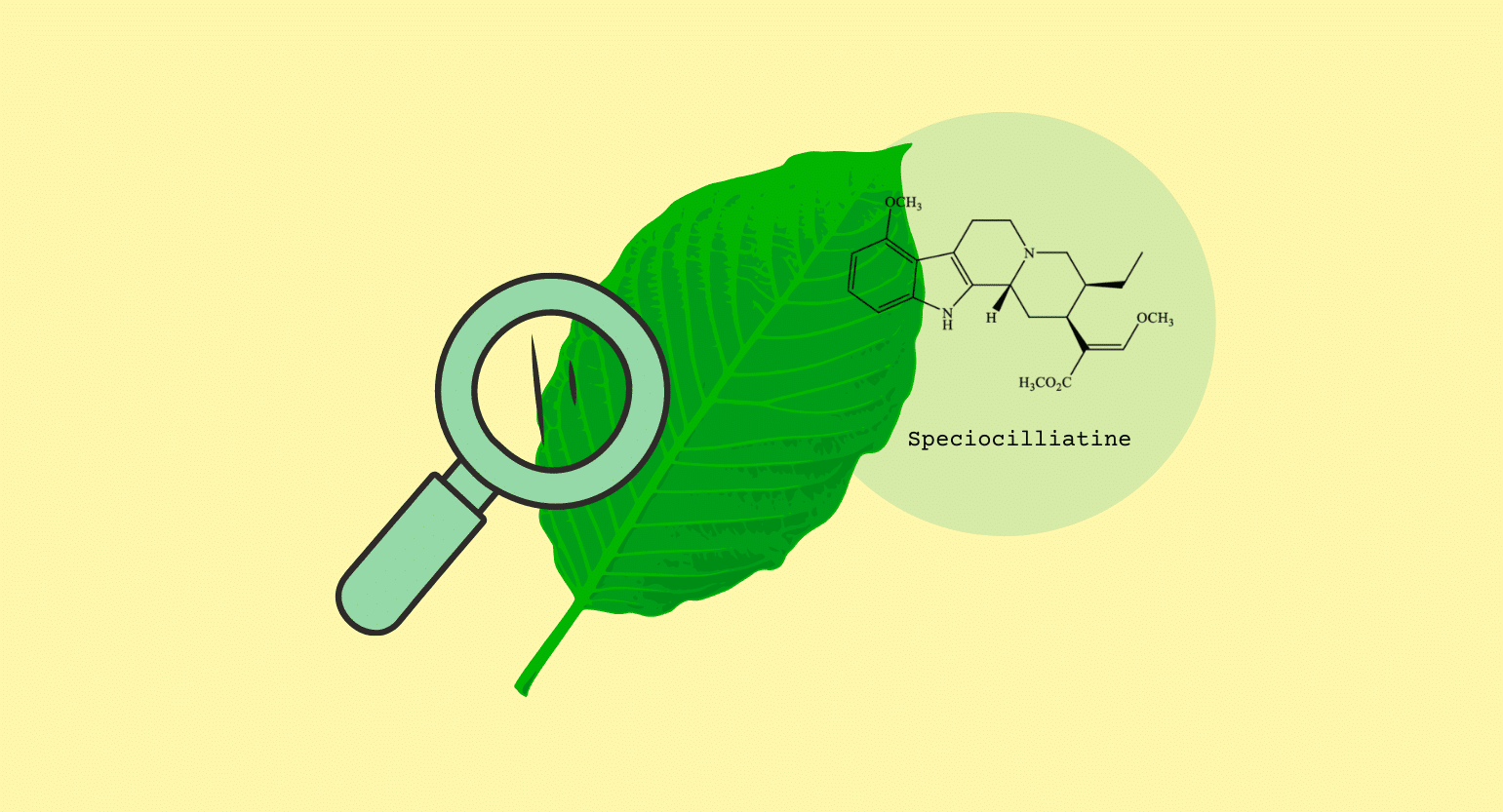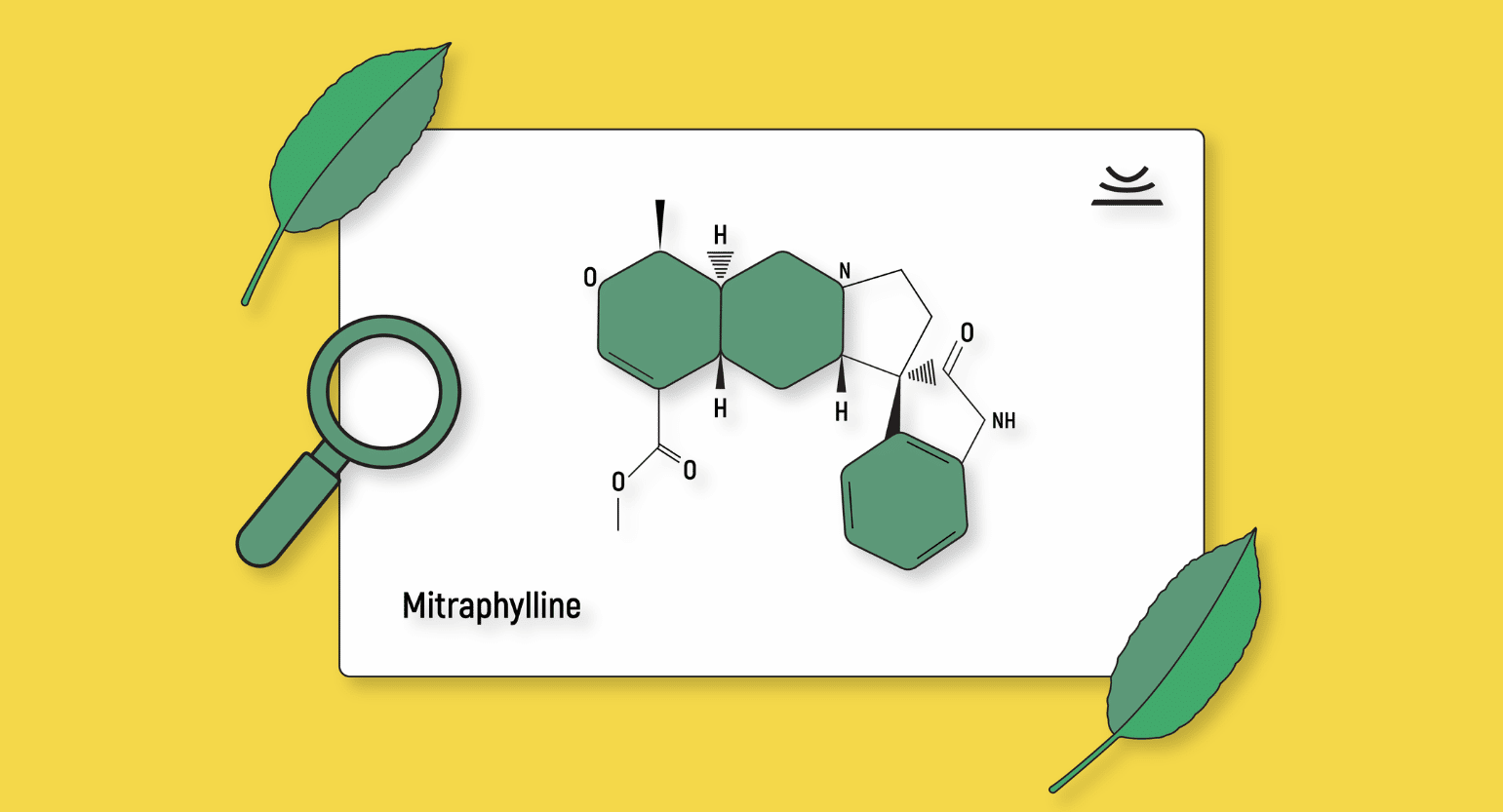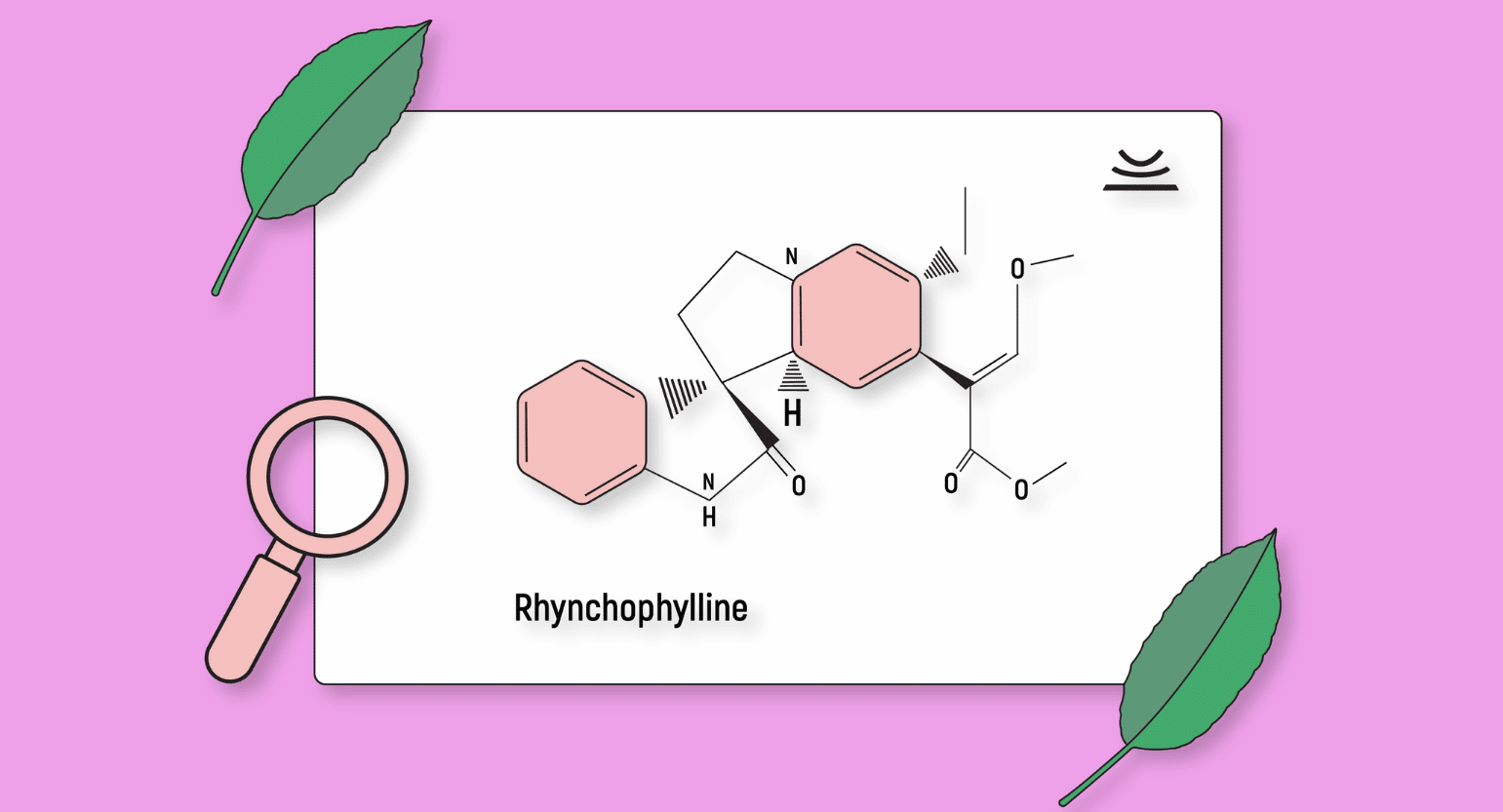What Is Speciophylline?
Speciophylline is one of the many organic compounds produced by the kratom plant that have a physiological impact when consumed. The term ‘alkaloid‘ refers to a massive subset of organic compounds that provides this type of effect on the user. Plants, fungi, and animals produce them.
Alkaloids can range from safe to deadly, highly psychoactive, or almost entirely inactive. Some examples of other alkaloids include caffeine, cocaine, strychnine, and psilocin.
Where Does Speciophylline Come From?
Speciophylline is an alkaloid produced by several plants in the Rubiaceae family, including kratom. Experts are still unsure of why plants have alkaloids, although they seem to provide defense from insects and herbivores that might otherwise destroy the plant.
Which Kratom Strains Are Highest in Speciophylline?
Speciophylline remains largely unstudied, so we don’t yet know the full extent of its effects on the human body or which strains contain the highest concentrations.
Some other alkaloids have noticeable effects — like stimulation or sedation — so it’s possible to speculate which strains likely have the highest concentration. However, as you’ll see below, speciophylline doesn’t produce any apparent effects, so it’s not currently possible to say which strains contain the highest volumes of this alkaloid.
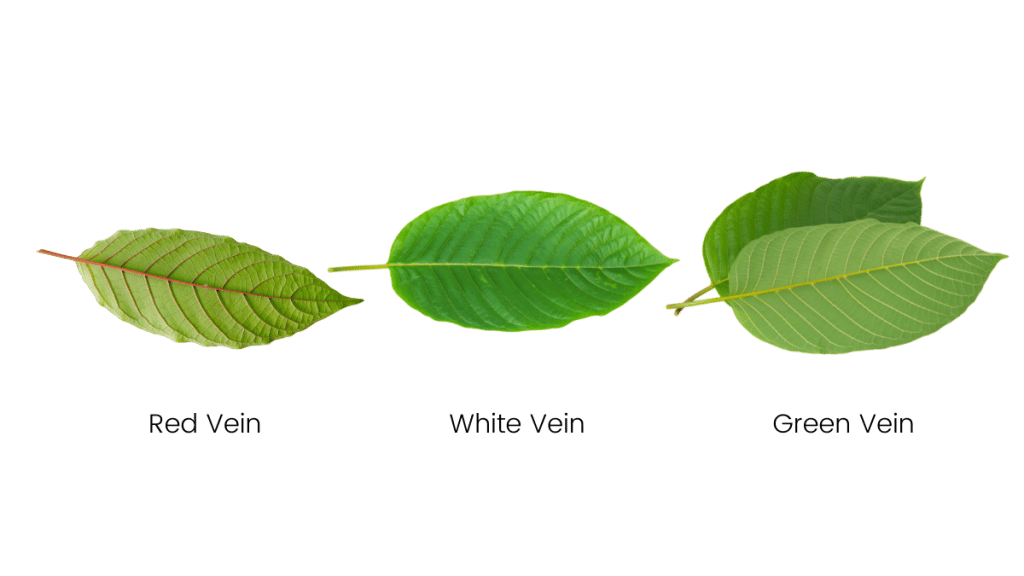
What Does Speciophylline Do & How Does It Work?
Speciophylline is known to be antiparasitic, and early research suggests that it is beneficial for protecting against the Plasmodium falciparum parasite [1]. This is one of five parasites that cause malaria in humans, and it’s also the deadliest of those five, as it multiplies the most rapidly in the blood.
The fact that speciophylline protects against this parasite is meaningful, but so far, this is the alkoid’s only known effect. More research could provide additional uses for speciophylline in modern medicine.

What Other Plants Contain Speciophylline?
Speciophylline appears to be unique to plants in the Rubiaceae family, which includes kratom — Mitragyna speciosa. Some other plants in this family that contain speciophylline include:
- Mitragyna hirsuta
- Cat’s claw variety — Uncaria tomentosa
- Cat’s claw variety — Uncaria guianensis
- Buttonbush variety — Cephalanthus tetrandrus
- Buttonbush variety — Cephalanthus occidentalis
Is Speciophylline an Opiate?
No, speciophylline is not an opiate. Some alkaloids contained within kratom are mistaken for opioids because they interact with the opioid receptors in the human body, just like opiates. However, none of the alkaloids in kratom are opiates, and speciophylline doesn’t even act similarly to opiates.
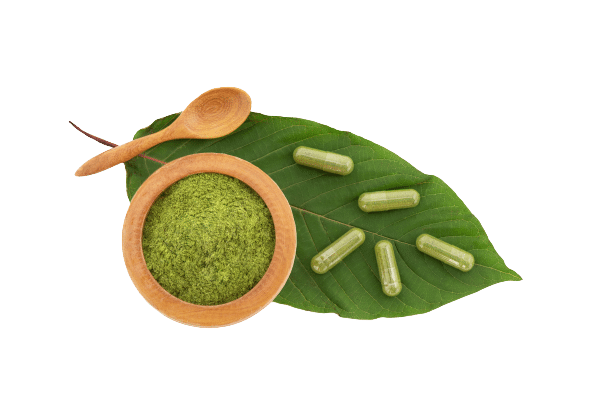
Is Speciophylline Safe?
As mentioned above, minimal research has been conducted on speciophylline, so it’s not confirmed whether it is safe for consumption. However, since it’s present in kratom and kratom is considered to be generally safe, it stands to reason that speciophylline is relatively safe.
Side Effects of Speciophylline
There are no known side effects of consuming speciophylline, although some are generally associated with kratom. These include headache, dizziness, upset stomach, nausea, lethargy, and mental fogginess. Most of these side effects worsen with prolonged use or larger doses.
Another side effect of regularly consuming kratom is addiction. Although kratom is far less addictive than many prescription and illegal drugs, it can still be addictive. Kratom users and experts alike maintain that taking breaks from kratom use every month and days off each week is the best way to prevent a kratom habit from forming.

How Much Speciophylline Should I Take?
Speciophylline isn’t sold as a standalone alkaloid, so there is no recommended dose specific to this compound. However, there are recommended doses for kratom powder, which is how most people consume speciophylline.
Low doses between 1 and 3 g are usually stimulative and best for users looking for nootropic effects similar to coffee. Moderate amounts — anything between 3 and 6 g — are more relaxing for most users and can provide some relief from muscle or joint pain. Large doses between 6 and 8 grams — and sometimes up to 10 g in extreme cases — can provide relief from more severe pain, like nerve pain, as well as sedation.
How Long Do the Effects of Speciophylline Last?
Speciophylline isn’t known to produce noticeable effects, like stimulation or pain relief, so it’s tough to say how long the alkaloid remains active in the body. The alkaloids that create more noticeable effects last between one and five hours.
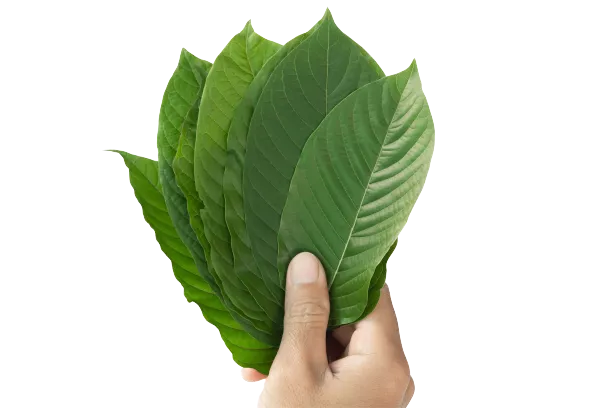
Wrapping Up: The Potential of Speciophylline
Speciophylline is a minor kratom alkaloid that has shown some promise as an antiparasitic. Early research suggests that it can protect against the most deadly of the five parasites that lead to malaria, which means it has great potential in the medical world.
However, there’s minimal research on speciophylline to date, and more clinical studies are needed to confirm its usefulness. As it exists in kratom, it’s not a particularly influential alkaloid, but it still contributes to the positive impact and potential of kratom.
- Pierrot, D., Sinou, V., Bun, S. S., Parzy, D., Taudon, N., Rodriguez, J., … & Bonne, D. (2019). Design and synthesis of simplified speciophylline analogues and β-carbolines as active molecules against Plasmodium falciparum. Drug Development Research, 80(1), 133-137.

